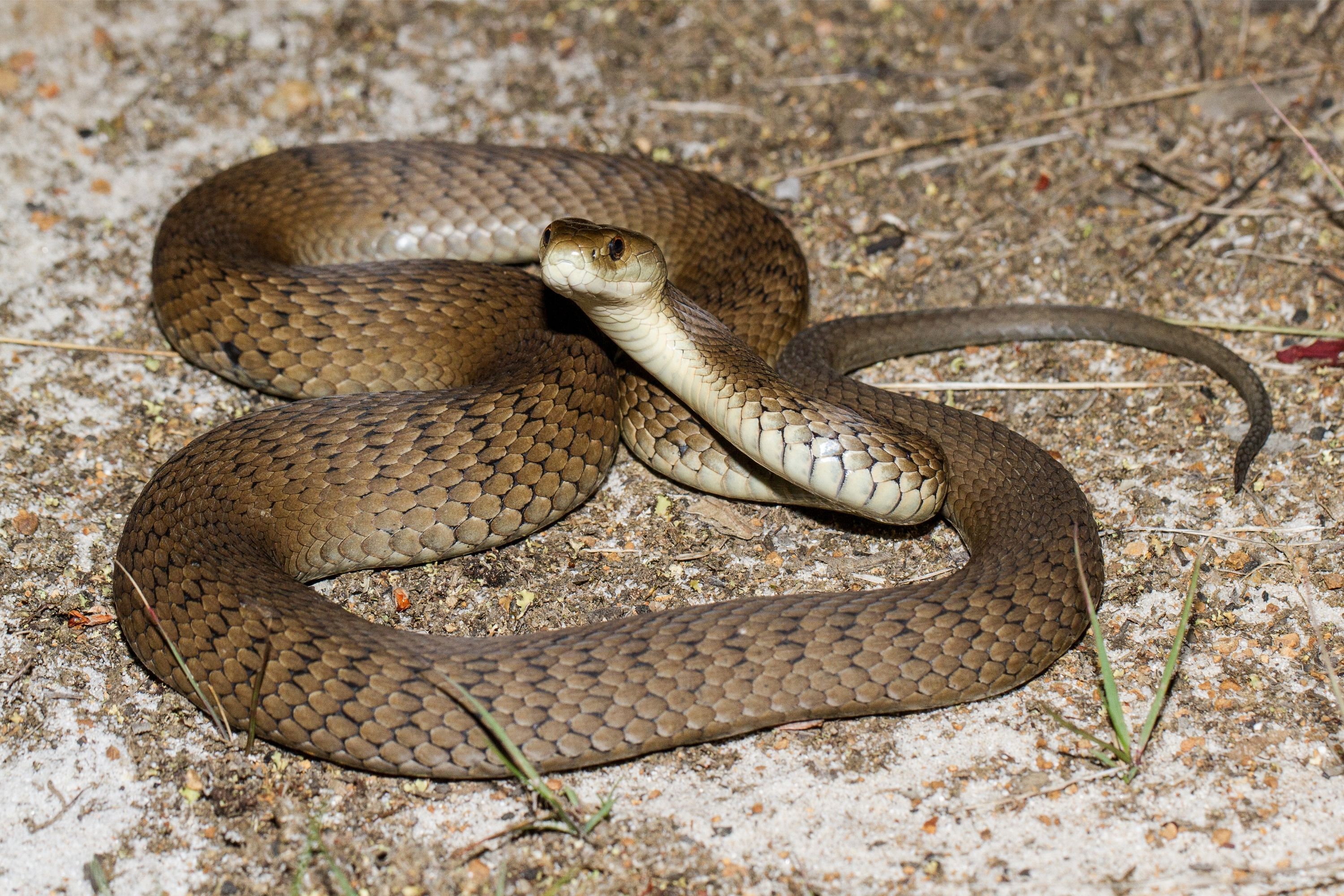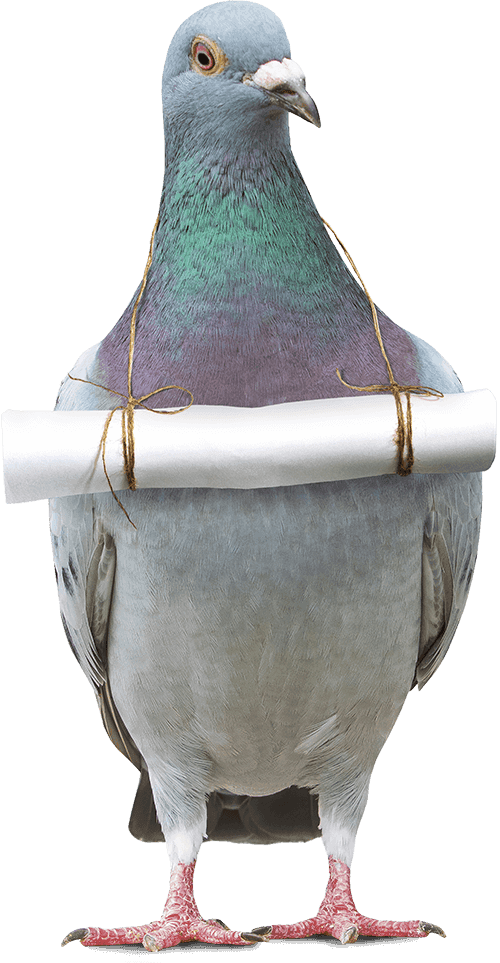Common death adder
(Acanthophis antarcticus)

Description
The common death adder (Acanthophis antarcticus) is a species of death adder native to Australia. It is one of the most venomous land snakes in Australia and globally. While it remains widespread (unlike related species), it is facing increased threat from the ongoing Australian cane toad invasion. The common death adder was first described in 1802 by George Shaw as Boa antarctica. French naturalist François Marie Daudin erected the genus Acanthophis in 1803, designating the common death adder (as A. cerastinus) as its only species. The common death adder has a broad flattened, triangular head and a thick body with bands of red, brown and black with a grey, cream or pink belly. It can reach a maximum body length of 70–100 centimetres (2.3–3.3 ft). Death adders possess the longest fangs of any Australian snake. Unlike the common or European adder (Vipera berus), the common death adder is a member of the snake family Elapidae, rather than the family Viperidae, which are not found in Australia. The common death adder occurs over much of eastern and coastal southern Australia – Queensland, New South Wales, Victoria and South Australia. It is more scarce in the Northern Territory, Western Australia and the west parts of South Australia. It is also native to Papua. Common death adders are found in forests, woodlands, grasslands and heaths of the eastern coast of Australia. The death adder is a master of camouflage, due to its band stripes, hiding beneath loose leaf litter and debris in woodland, shrubland and grassland.
Taxonomic tree:







